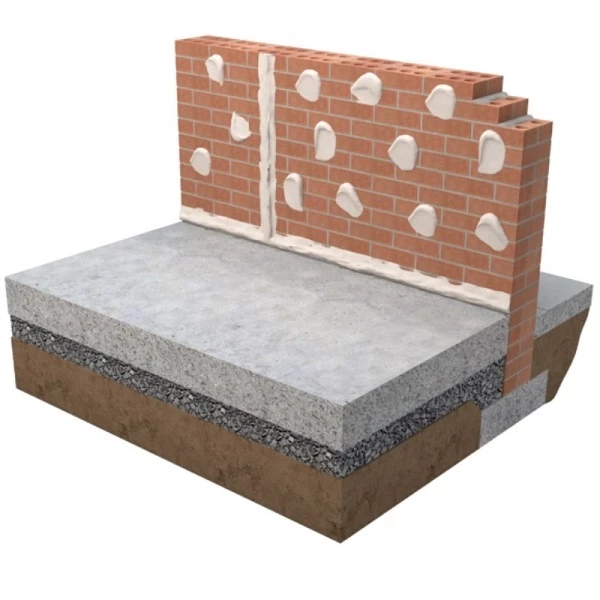In today's world, where fire hazards pose a significant threat to both human lives and property, it is crucial to understand and implement effective fire-resistant solutions. From residential buildings to industrial facilities, the need for reliable fire protection measures cannot be overstated. In this blog post, we will delve into the topic of fire resistance, exploring the best practices, materials, and technologies available to safeguard against potential fire incidents.
- Understanding Fire Resistance:
Fire resistance refers to the ability of a material or structure to withstand the effects of fire for a specified period without losing its structural integrity. It involves various factors such as heat insulation, flame spread prevention, and smoke control. Achieving optimal fire resistance requires a comprehensive approach that encompasses both active and passive fire protection measures. - Passive Fire Protection:
Passive fire protection measures focus on containing the spread of fire, minimizing its impact, and providing safe evacuation routes. Key elements of passive fire protection include fire-resistant materials, compartmentalization, and structural integrity. Fire-resistant materials, such as fire-rated walls, doors, and floors, play a vital role in preventing the rapid spread of flames and smoke. - Active Fire Protection:
Active fire protection measures involve the use of systems and equipment to detect, control, and suppress fires. These include fire alarms, sprinkler systems, fire extinguishers, and smoke control systems. While passive fire protection measures provide containment, active fire protection measures actively combat the fire, reducing its intensity and allowing for effective evacuation. - Advanced Fire-Resistant Materials:
In recent years, significant advancements have been made in developing innovative fire-resistant materials. These materials offer enhanced fire protection while maintaining aesthetic appeal and functionality. Examples include fire-resistant coatings, fire-resistant glass, and fire-retardant fabrics. These materials are designed to withstand high temperatures, prevent the spread of flames, and emit minimal smoke and toxic gases. - Fire-Resistant Construction Techniques:
In addition to using fire-resistant materials, construction techniques also play a crucial role in enhancing fire resistance. Building design, layout, and the integration of fire safety systems are vital considerations. Features such as fire-rated walls, fireproof insulation, and proper ventilation systems can significantly improve a structure's ability to withstand fire incidents. - Testing and Certification:
To ensure the reliability and effectiveness of fire-resistant solutions, rigorous testing and certification processes are essential. International standards, such as those set by Underwriters Laboratories (UL) and the European Union's Construction Products Regulation (CPR), provide guidelines for evaluating the fire performance of materials and systems. Compliance with these standards ensures that fire-resistant solutions meet the required safety criteria.
Conclusion:
In conclusion, understanding and implementing the best fire-resistant solutions are paramount in safeguarding lives and property. By combining passive and active fire protection measures, utilizing advanced fire-resistant materials, and adopting appropriate construction techniques, we can create safer environments that can withstand potential fire incidents. Remember, fire safety is a collective responsibility, and investing in reliable fire-resistant solutions is an investment in the protection of lives and assets.

